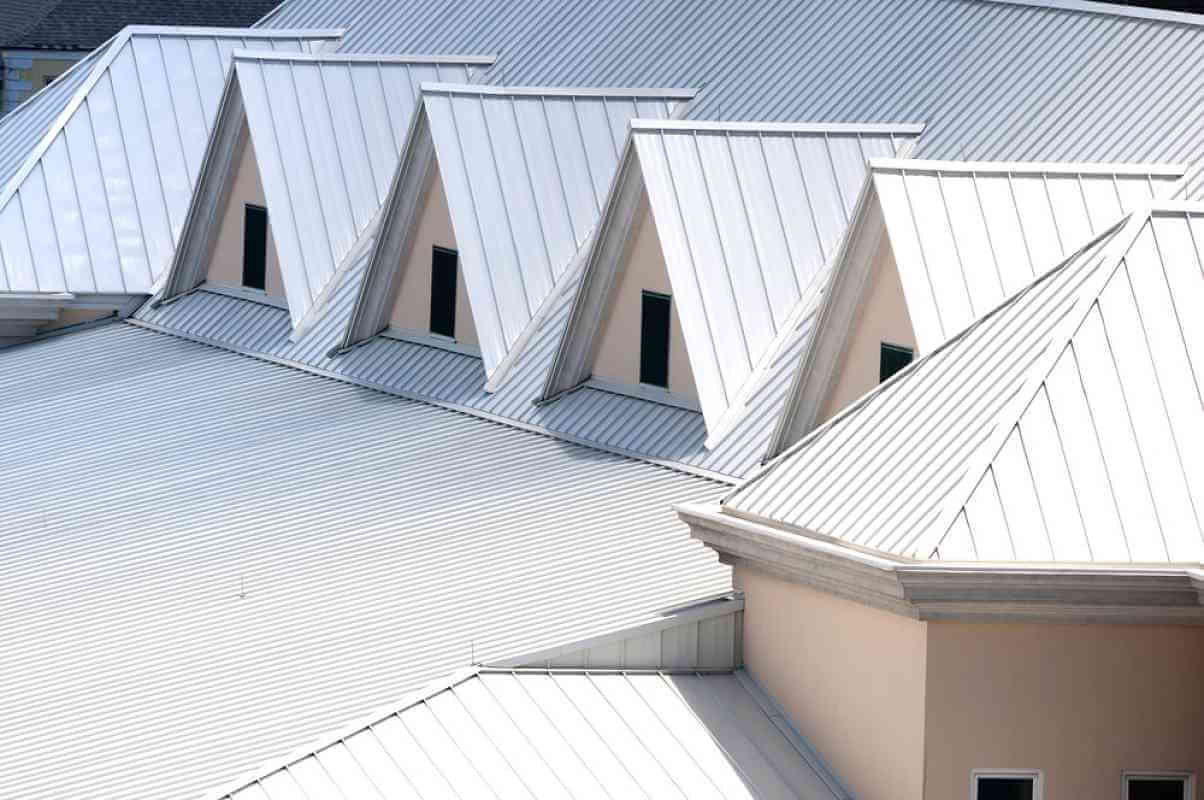Energy-saving roof materials have been around for quite some time. These coatings reflect the sun and disperse thermal-infrared light at a high rate thus lowering cooling costs during hot weather. However, when the weather is cold these coatings continue to radiate heat therefore increasing heating costs.
Recently, Junquiao Wu, a scientist and professor at the University of California, Berkeley, led a team that developed a new kind of roof coating that is beneficial in both hot and cold weather. This new coating changes function depending on the temperature. When it is hot it radiates heat; when it is cold it conserves it.
Vanadium dioxide is a substance that can automatically shift from reflecting heat in hot weather to preserving it in cold weather. Wu and his team were able to work with vanadium dioxide and other materials to produce a temperature-adaptive radiative coating (TARC). After producing the TARC coating, Wu and his team set up an experiment to see how a TARC material sample worked compared to a white roof and dark roof sample in a real-life setting where they collected data based on the sunlight hitting each sample and the air’s temperature readings. The team found that while TARC reflects heat at the same rate all year, the dispersion of thermal-infrared light is high during hot weather and low during cooler weather thus making it temperature-adaptive in a real-world setting.
The team then used this real-world data to estimate how much savings a TARC coating would provide an average household in 15 different climate zones throughout the United States. According to these simulations, TARC surpassed other energy-saving coating materials in 12 out of 15 of the tested climate zones. TARC was particularly useful in places where the temperature fluctuates the most between daytime and nighttime and places where there is a big difference between summer and winter temperatures. Ultimately, TARC has the potential to save the average homeowner up to 10% in electricity costs. These results were further validated with experiments in a Berkeley lab.
The next step for Wu’s team is to repeat the process with a larger TARC sample to observe its effects on a bigger, more real-life scale. The researchers are also looking into other ways TARC can practically improve everyday life. Some possible applications include using TARC for greenhouse materials, making outerwear that is temperature-adaptive, or putting coatings on electronics and cars to protect them from severe heat or cold.
